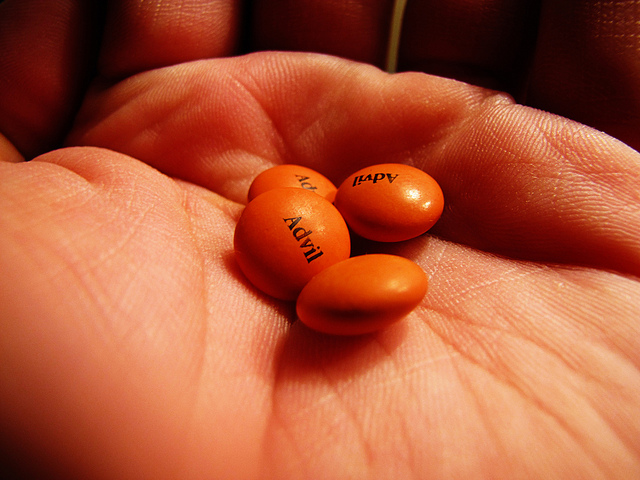Owing to summer vacation, today’s post updates a 2011 post and a 2013 post with some new information.
Anti-inflammatory drugs are among the most well-loved products in the modern medicine cabinet. They can provide good pain control, reduce inflammation, and eliminate fever. We give non-steroidal anti-inflammatory drugs (NSAIDs) in infancy, continuing through childhood and then adulthood for the aches and pains of modern living. It’s the later stages of life where NSAIDs are used most frequently, usually in the treatment of joint disease like osteoarthritis, which eventually affects pretty much everyone. Over 17 million Americans use NSAIDs on a daily basis, and this number will grow as the population ages. While they’re widely used, they also have a long list of side effects. Not only can they cause stomach ulcers and bleeding by damaging the lining of the gastrointestinal tract, the cardiovascular risks are real and significant.
It was the arrival (and withdrawal) of the drugs Bextra (valdecoxib) and Vioxx (rofecoxib) that led to a much better understanding of the potential for these drugs to increase the risks of heart attacks and strokes. And it’s now well-documented that these effects are not limited to the “COX-2″ drugs – almost all NSAIDs, including the old standbys we have used for years, raise the risk of heart attacks and strokes. Given how frequently these products are used, it’s essential that pharmacists and their patients understand the risks in order to make informed decisions based on expected benefits and known risks. Continue reading





You must be logged in to post a comment.